The Dutch House, One Of The Finest Examples Of Dutch High Renaissance In The United States
The Dutch House is a faithful replica of the 16th-century Franeker Town Hall in Friesland, Netherlands.
The enchanting house has a fascinating origin story. It was built in the United States, but not in Brookline. It was originally built by the Van Houten Cocoa Company as the Dutch Cocoa House for the 1893 World’s Columbian Exposition, also known as the World’s Fair.
At the fair, the Dutch House served as an exhibition hall for Van Houten’s cocoa products, inviting visitors to indulge in samples of hot cocoa while immersing themselves in the ambiance of old Dutch interiors and decorative arts.
The interior was adorned with captivating displays, and serving girls dressed in traditional attire from various regions of Holland added to the picturesque atmosphere, as documented in contemporary reports.
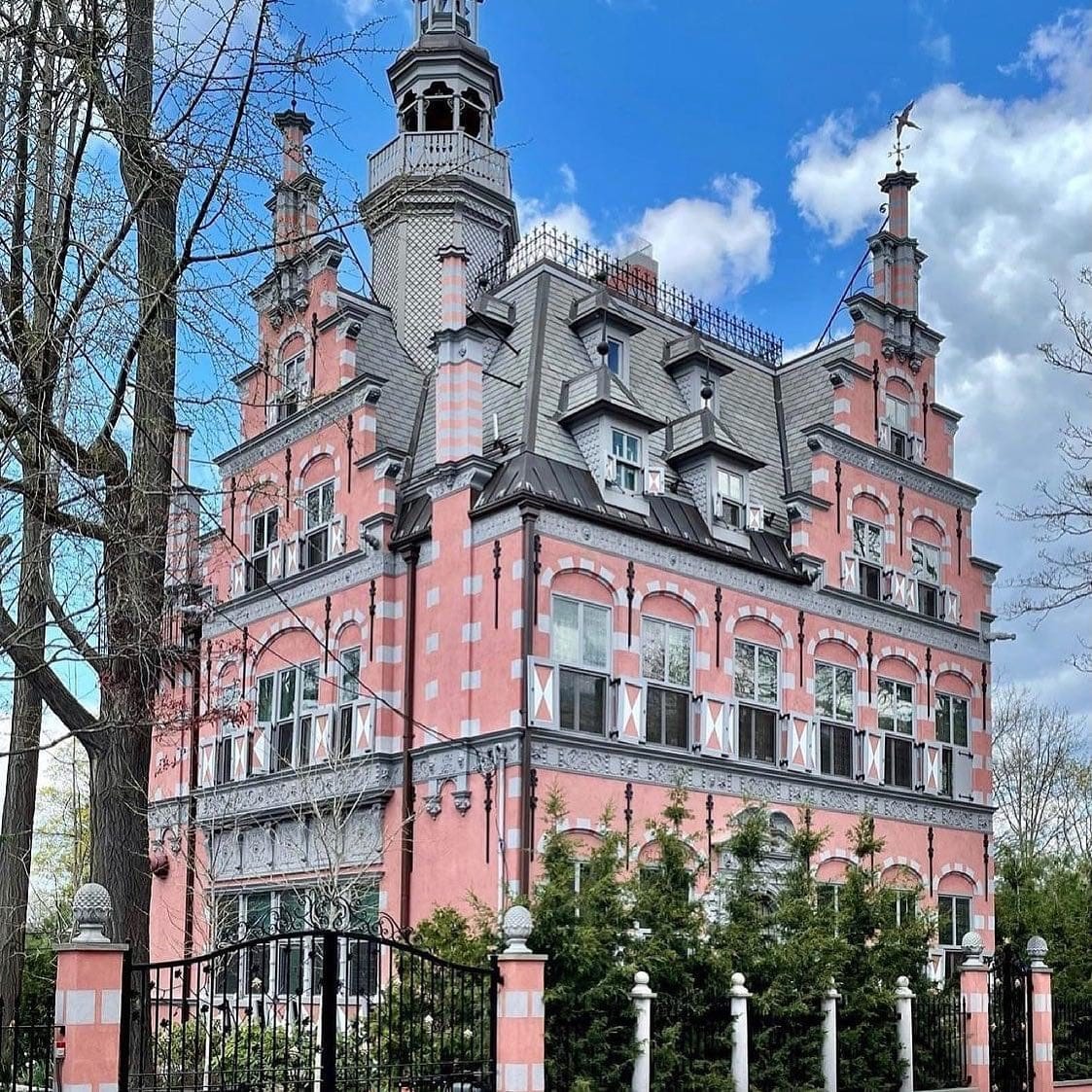
Captain Charles Brooks Appleton, a resident of Brookline, was captivated by the Dutch House during his visit to the fair. Then, he bought this house.
Determined to preserve its charm, he orchestrated its meticulous dismantling, brick by brick, and arranged for its transportation to Massachusetts. Thus, the Dutch House found a new home on Netherlands Road, a fitting tribute to its Dutch origins.
The Dutch House stands as one of the few surviving structures from the 1893 World’s Fair. It was even listed on the National Register of Historic Places in 1986.
Its distinctive features, including stepped gables, a high mansard roof, and ornate embellishments, make it a testament to Dutch High Renaissance styling in the United States.
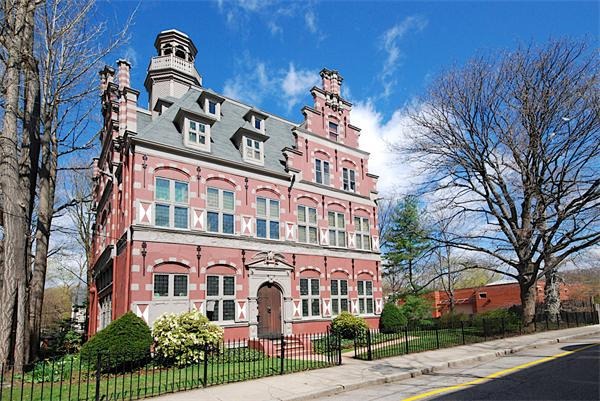
Outside, the Dutch House is distinguished by its imposing mansard roof, which spans two floors, and its distinctive stepped gables.
The windows, adorned with over 12,000 individual panes of leaded green glass, add to the charm and character of this architectural masterpiece.
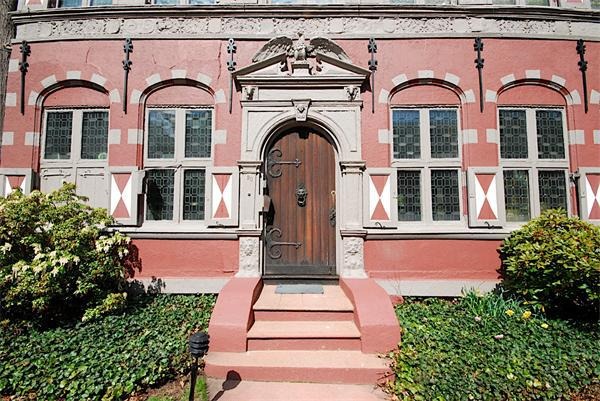
The entrance of the Dutch House boasts a door frame adorned with intricate stone animals, faithfully replicating the design of the Enkhuizen Orphanage.
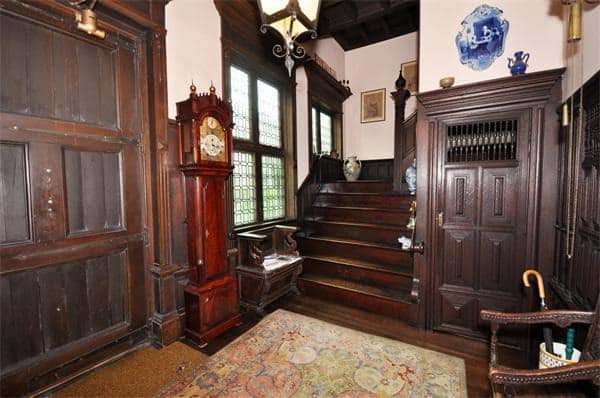
The building’s lavish interior is highly ornate, with grand ceiling beams and exquisite Flemish wooden panels.
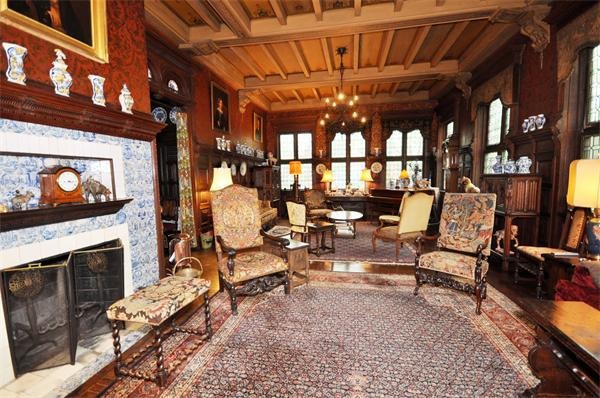

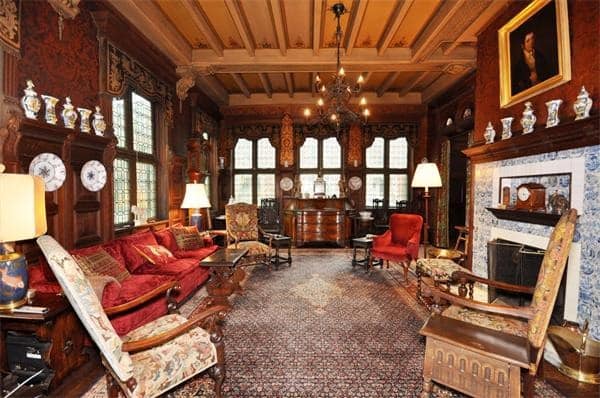
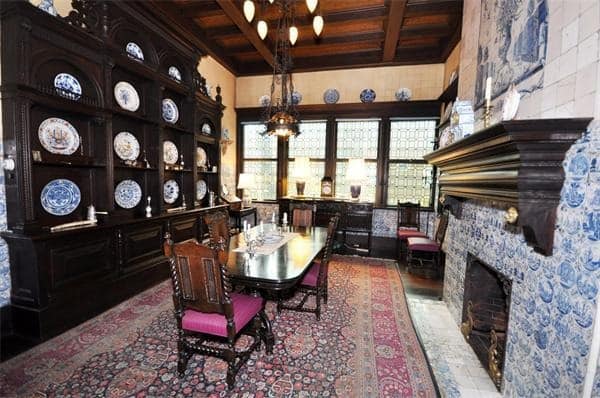
The original dining room is a testament to timeless elegance, featuring antique blue and white Delftware tiles, some dating back over three centuries.
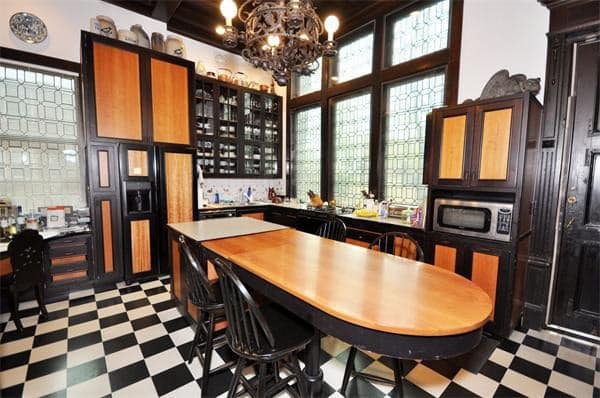
Here are some pictures of the Dutch House:


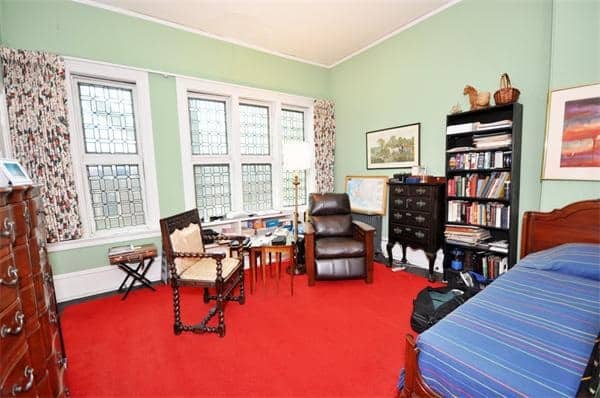
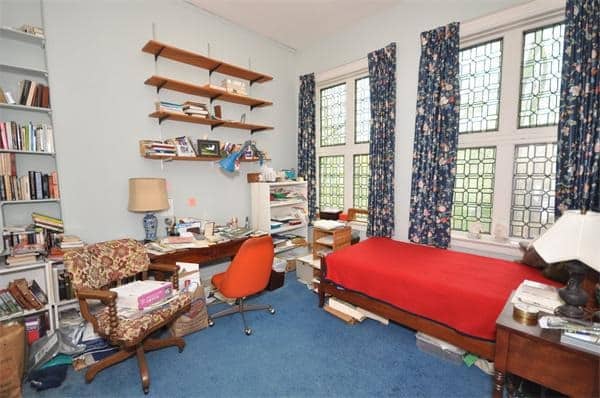

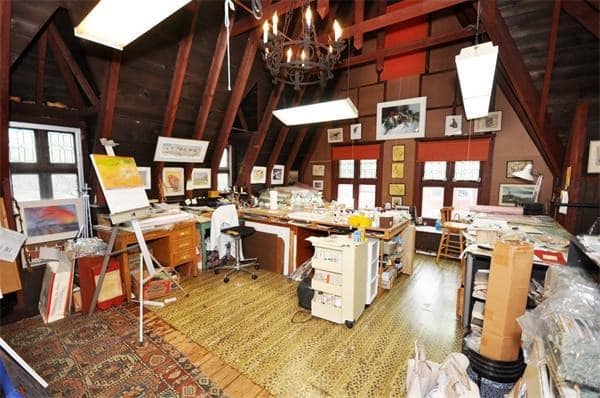
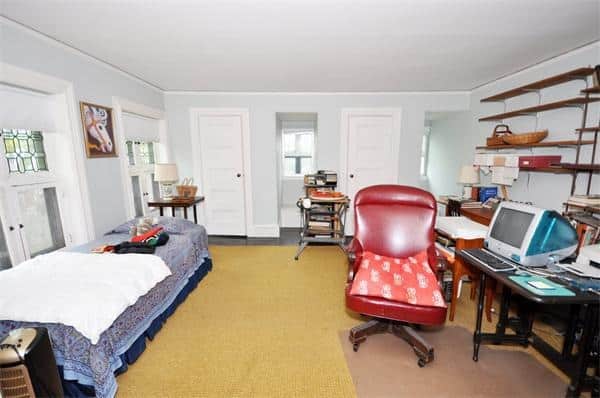
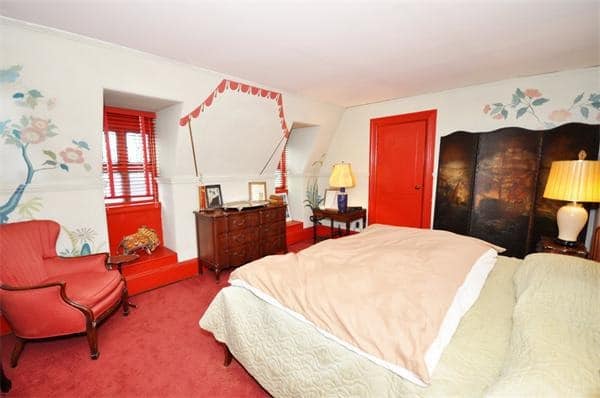
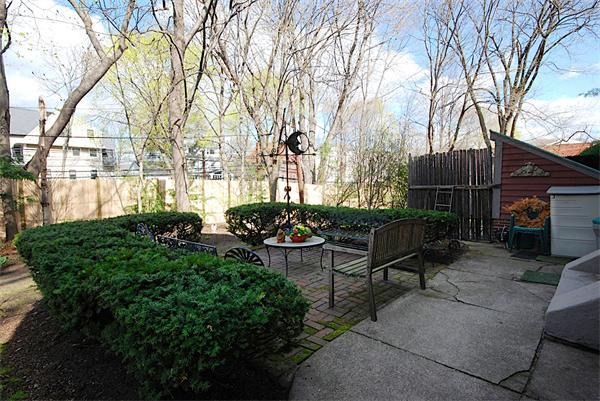
Today, the Dutch House continues to enchant passersby.
Over the years, meticulous restoration efforts have ensured that the Dutch House retains its original splendor, drawing inspiration from old photographs to capture its essence.

